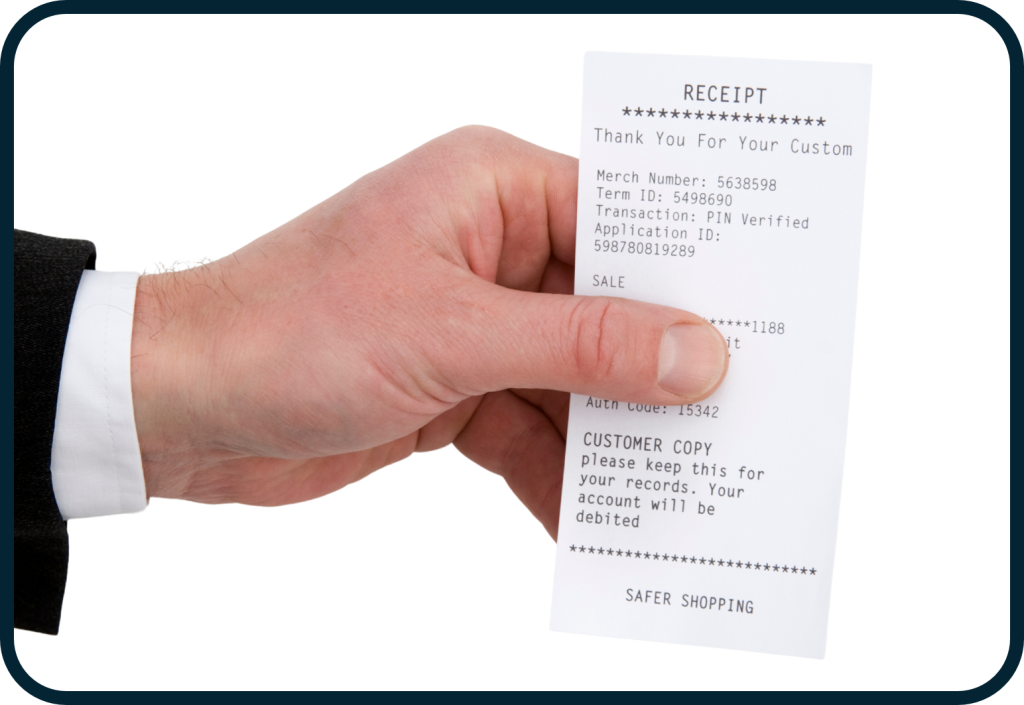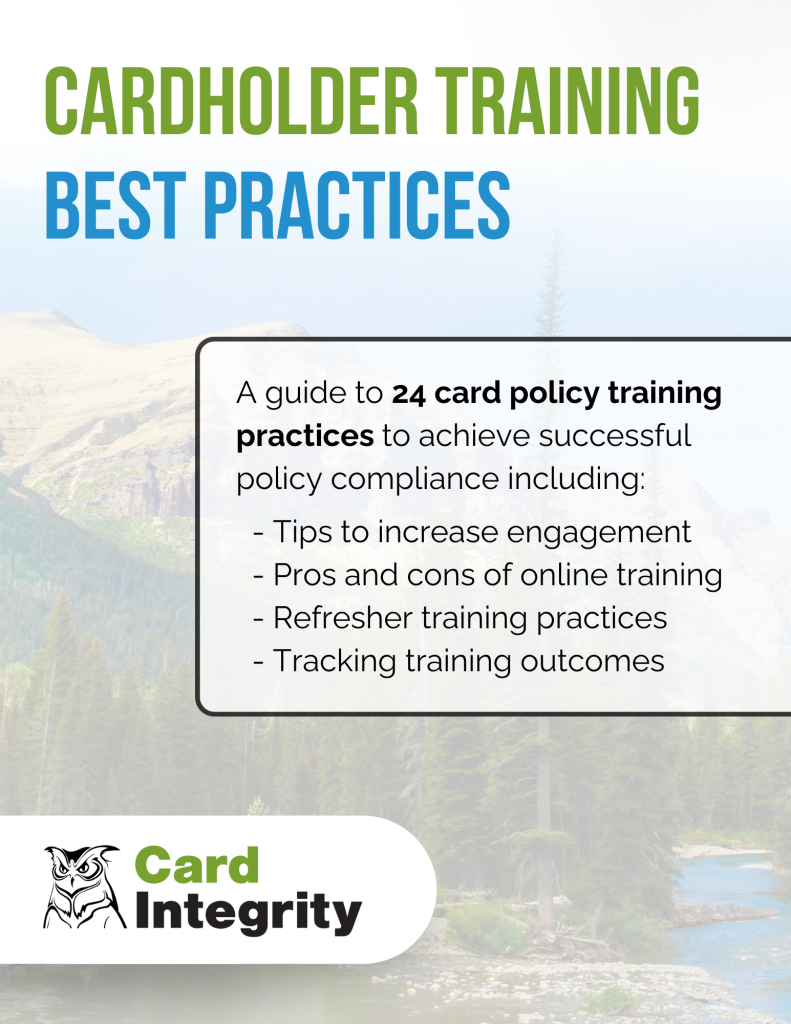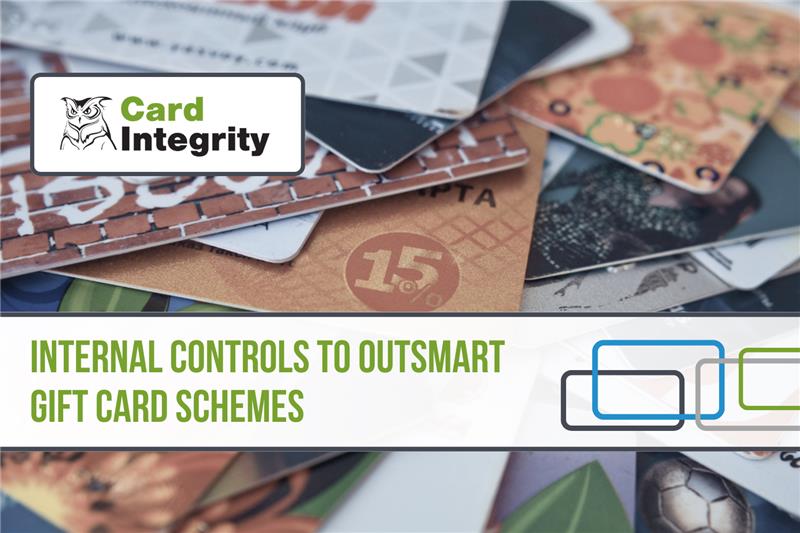People are creatures of habit. When an employee with a corporate card or purchasing card (also known as a P-Card, procurement card, etc.) is going about their daily activities, they likely aren’t thinking too deeply about the details of every single transaction, as long as they feel that they are compliant with policy. The same goes for employees who are traveling and putting expenses on their travel or T&E card. They’re more likely to be worried about checking into their hotel, getting to their flight on-time, and getting ready for their meetings and duties on their trip.
Issues brought on by lack of proper documentation
As a result, it’s no big surprise that recurring issues may crop up from time to time. Some cardholders and employees struggle with proper documentation. Put yourself in their shoes for a second. If somebody doesn’t understand the procurement process from point-of-sale, to review and approval, and even after that with data analysis, it’s easy to see how one could think of it as superfluous. After all, if you’re using the right card, you’re not putting anything personal on it, everything you’re buying has a legitimate business use, and you’re not going over any monthly or transaction limits, who really cares if you’re documenting everything to a tee, right? You’ve got nothing to hide after all.
Well, those of us in the procurement realm care for reasons that are obvious to us, but not to everyone. Reasons like:
- It’s not all about policy compliance. This is the biggest reason. There are other reasons why we track card spending, like to benchmark for rebates and supplier diversity spend, as well as identify trends, patterns, and other procurement insights to supplement informed decisions.
- Mistakes happen. Every transaction by every employee that your company pays for should be subject to the same scrutiny. This extends beyond purchasing cards. It’s even more important with out-of-pocket reimbursements, where an employee uses their own personal card or cash, collecting a receipt to serve as a paper trail for reimbursement. If these transactions are not properly documented, you’re opening yourself up to unnecessary risk with double dipping and similar instances of misuse, fraud, and abuse. While double dipping is usually intentional, it can be an honest mistake, too.
- Just because it’s ‘on policy’ doesn’t mean it’s justified. Not every policy compliant transaction should be allowed just because the category lines up with allowed categories. It needs to have a legitimate business use. ‘Business reason’ fields can drive procurement professionals crazy for just this reason. If you are responsible for approving or looking over transactions, you’ve likely seen some head-scratchers in your time in that business reason/justification field. More on that later.
Reasons like these are why communication is so important. Proper documentation ensures transparency, accountability, and allows for effective tracking and auditing. If your cardholders and employees understand this and take the extra time to properly document their expenses, it makes the entire process easier for everyone. This disconnect between employees and policy is part of the reason why auditors identify purchasing cards as risk-prone. But with the proper controls and documentation, they don’t have to be.
Regrettable receipt submissions and bungled business reasons
As we’ve established, the two most risk-prone forms of purchasing card and transaction documentation are receipts and business reasons/business justifications. We’ll go through what the common issues are, and how to encourage good habits in submitters.
Common issues with receipt submissions
- The receipt isn’t itemized. Every item within a transaction should be visible on the receipt. Otherwise, there is no way to verify that the purchase actually coincides with the given business reason.
- The receipt isn’t legible. Blurry photos, or a thumb accidentally (or strategically…) covering the transaction amount, are the most common culprits here.
- Dealing with missing receipts. Your organization likely has a “missing receipt form” that employees must fill out if they forget to get a receipt or lose it somehow. It’s troublesome for the employee, but it’s a necessary control in and of itself, and encourages proper documentation so as not to have to deal with it.
- Improper substitutes for receipts. Have you ever seen an employee submit a picture of a gas pump because the card reader on the pump didn’t print out a receipt? Or try to use a cropped part of a credit card statement as a replacement for a missing receipt?
- Submitting a PayPal or Venmo transaction instead of the original invoice or receipt. To put it simply, this can be very easily manipulated.
- Tip amounts not included. A dishonest person could use this to pocket the “tip” on a reimbursement.
Dealing with poor business justifications
There is little that gets under a card administrator’s skin like a poor business justification. Frustrating, and almost always born out of either laziness or a lack of training, if you’ve ever been in charge of reviewing expense and spend data, you likely know exactly what we’re talking about. Here are some examples of business “justifications” that we’ve seen over the years:
- “sale”
- “THANK YOU!!”
- “it was good”
- “approved” (that’s great, but we need to know what it was)
- “.” or “-” (so that the system doesn’t flag it as a blank text field)
- “need it”
- “n/a” (sorry, anonymous employee, but it’s actually VERY applicable)
It all boils down to communication and training
Most of these issues aren’t born out of intentional disregard for rules and regulations. It comes from a lack of understanding of why it’s important. In other words, “what’s the big deal?”
Sometimes, you just have to make it clear that it’s a big deal.
We recommend making it so that employees must complete an online training course to be issued a purchasing card, or to request out-of-pocket transactions. Communicate with cardholders and employees about the importance of taking the extra few minutes to properly document their expenses. Follow up on low-effort or improper receipt submissions and communicate with the employee directly, especially if there is a pattern of misuse.
You may be thinking, “well, that’s easier said than done”. And that’s true! You can’t snap your fingers and make your organization clamp down on internal controls and be more serious about the areas where they are complacent.
That’s where Card Integrity comes in. We have the resources to help you with:
- Receipt review. We do 100% review. Not randomly selected, not rotational, not over a certain threshold or for high risk transactions only. 100% receipt review means 100% of your organization’s expense transactions are reviewed by a real person at Card Integrity.
- Holistic expense review. Card Integrity’s DataWISE Expense Review service audits every detail of every transaction, including those pesky business reason fields.
- Online cardholder training. We can create a custom online cardholder training course tailored to your policy.
Learn more or get in touch
Schedule a demo today. Tell us about your pain points (regarding proper documentation or anything else) and let us help your organization achieve better controls the way we help some of the nation’s top universities and corporations. If you want to learn more, feel free to peruse our Resource Center for a list of eGuides, white papers, and more which are tailored to specific topics related to purchasing cards, procurement and sourcing. All resources are free. One of our most popular eGuides, Cardholder Training Best Practices, is provided below as an example!





